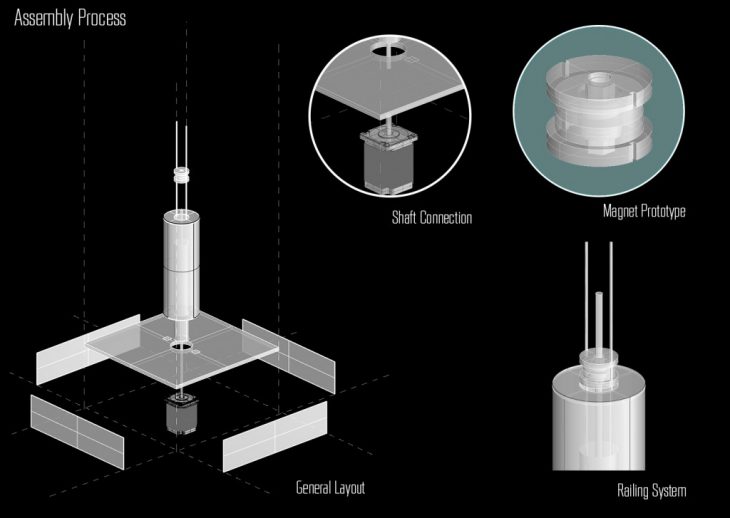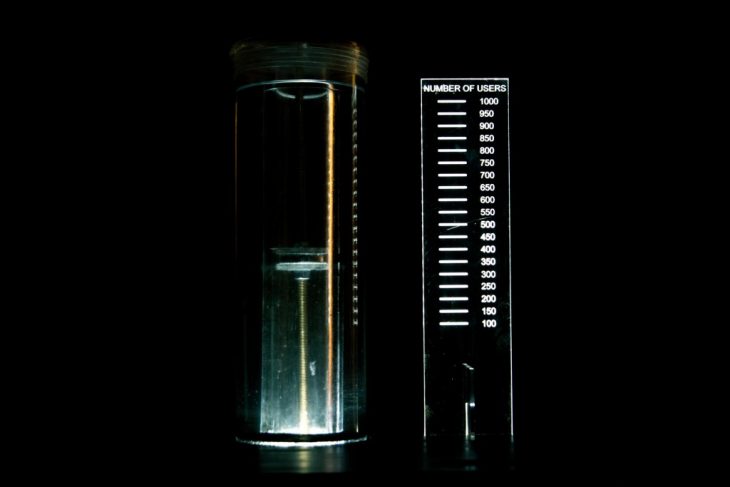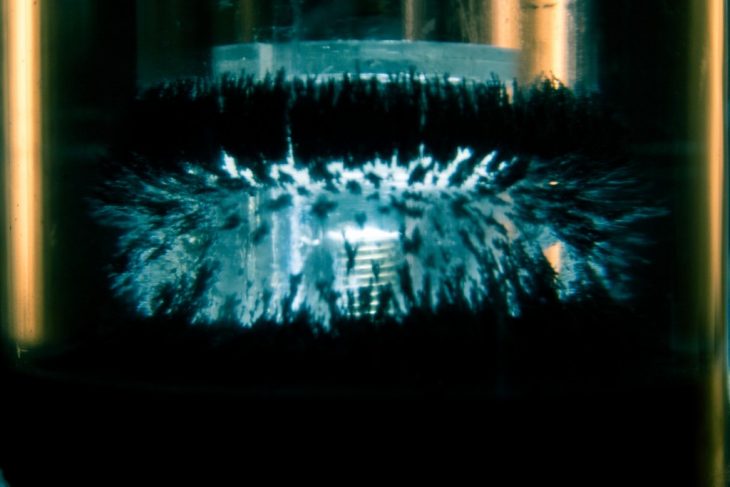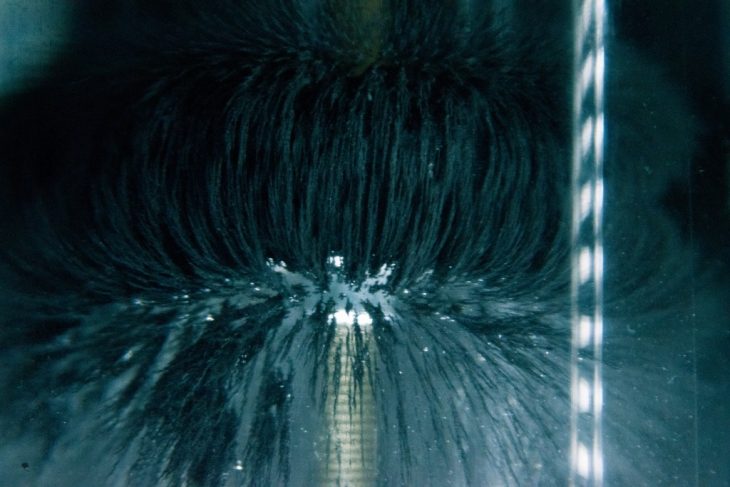POINTS OF ATTRACTION//
The streets of Barcelona: pedestrian friendly, open and carefree, and with a strong sense of outdoor mobility. The convenience and ease of walking through the city is especially exemplified throughout the various plazas. With historic buildings, picturesque gathering places, and pleasant weather throughout the year, locals and tourists populate these local nodes.
As a group of six students, we studied the highest populated squares of Barcelona. We found such interesting data on the Barcelona Open Data site and created a simplistic data sheet. From there, we brainstormed methods of representation and decided on the slow but elegant movement of iron fillings and magnets to perform as a linear display of our data. The simplistic visualization of the number of users in each area correlates to the greater urban scale and is useful for interpreting city planning.

//More specifically, our project shows the following: A high-density area of Barcelona is displayed on our LCD screen from our data sheet. Then, with the use of Arduino and Processing, the magnet moves on a vertical and linear path pulling the iron filings to a specific point on the corresponding scale of users. The system is set to move back down to recollect iron fillings between displays. The stepper motor under the work surface is attached to the rotating rod and a magnet in the center of the inner tube. The clear oil acts as a clean aid to the iron filings and allows for the magnetic force to be delineated evenly.
</p>

Apart from creating the right code and establishing the connection between the Arduino and Processing functions, the mechanical setup had to be very precise as simple tolerance differences could potentially inhibit the project from working. We had to choose the right neodymium magnets along with the correct magnetic and non-magnetic entities that would ultimately form our prototype.


#PointsOfAttraction
Institute for Advanced Architecture of Catalunya, IAAC.
Students: MAA 2018-2019 : Eszter Olah, Nicola Collela, Sophia di Biase, Hena Micoogullari, Yigitalp Behram and Ankita Alessandra Bob
Faculty: Angel Munoz and Cristian Rizzuti
